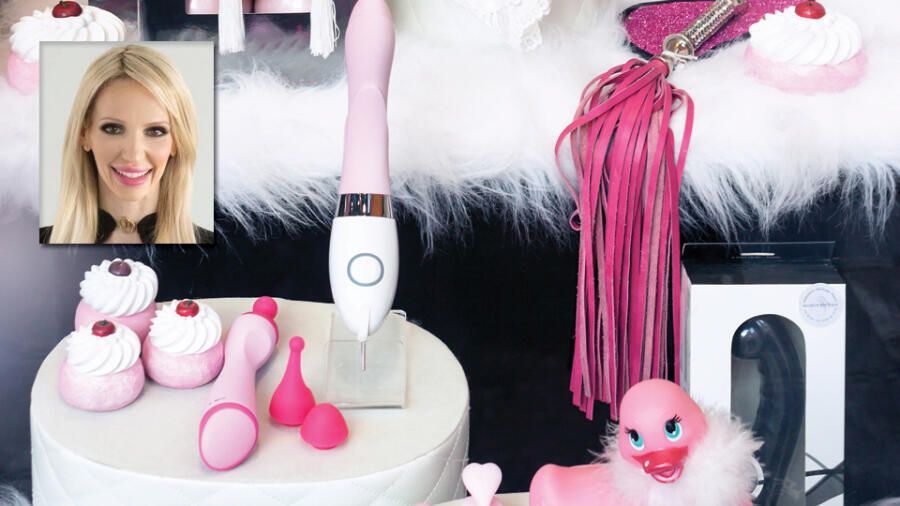In-store displays can make a lasting impression on consumers. While some retail spaces have a minimalist design, it’s not uncommon to see multiple in-store displays and complex stimuli competing for consumers’ attention. Consider the huge range of display options available for adult goods: display windows, shelves, tables, cabinets and countertops, slat walls, dump bins and endcaps on aisles — the list goes on. But how can a specific product or brand be displayed to stand out and project that “wow” factor?
With a touch of imagination, according to a study published in the Journal of Marketing, which examined the impact on sales of presenting multiple units of the same product in a novel and aesthetically pleasing way. Think of supermarket food cans stacked in a spiral tower rather than straight row upon row.
An imaginative display can go a long way toward encouraging consumers to buy a certain product or brand.
After examining the effect of imaginative displays on more than 1,500 participants, researchers found that, compared with basic or standard displays, creativity aroused consumers’ interest about the product and its benefits. This in turn increased the consumers’ intention to buy what was on display.
The outcome for retailers can be significant when you consider these key findings: participants who viewed an imaginative display at a confectionary store were 48% more likely to buy chocolate than those who saw a standard display. Furthermore, using an imaginative promotional display for tissue boxes at a grocery store resulted in a 53% increase. Imagine what similar results could do for your product, brand or store!
Start unpacking your ideas
Of course, not all in-store displays can be imaginative — nor should they be, as this risks diluting their value and overwhelming consumers. However, if you’re interested in creating an imaginative display to showcase a particular product or brand, here are some basic principles to consider:
Be relevant: The display can’t just be creative for the sake of it. It needs to be relevant to the product to capture a consumer’s imagination. For instance, displaying condom boxes in the shape of a heart will probably strike a more resonant chord with consumers than displaying them in the shape of a fish.
Be meaningful: When the shape of the display mimics an actual object, it can convey embodied meanings that transfer to the product, and thus increase a consumer’s intention to buy it. For example, displaying boxed vibrators in the shape of bird wings can suggest freedom and adventure.
Be resourceful: While the most cost-effective imaginative displays, including those in the Journal of Marketing research paper, only use multiple units of the same product, this isn’t always possible or desirable. You could present a product in a new and appealing way by incorporating other items into the display, while aiming for consistency in size, shape, brand and theme.
Be original: An imaginative display is, by definition, novel. Avoid replicating what has already been done. Try to come up with something surprising and unexpected. For example, while displays mainly go for visual appeal, they can also target the senses of hearing, smell, touch and taste through music, fragrances and product testers.
Effective in-store displays are certainly not the only important factor in driving sales. They need to be matched by effective customer service and a personalized shopping experience. Making each individual customer feel valued and showing appreciation for their loyalty can bring long-term rewards as well. Regardless, an imaginative display goes a long way toward encouraging consumers to buy a certain product or brand — and under highly competitive market conditions, you need every advantage you can get. So don’t hesitate to let your creativity shine, and make the till chime.
Vanessa Rose is a certified clinical sexuality coach and the account manager for Australia and New Zealand at multi-award-winning brand Svakom Design USA Limited.








